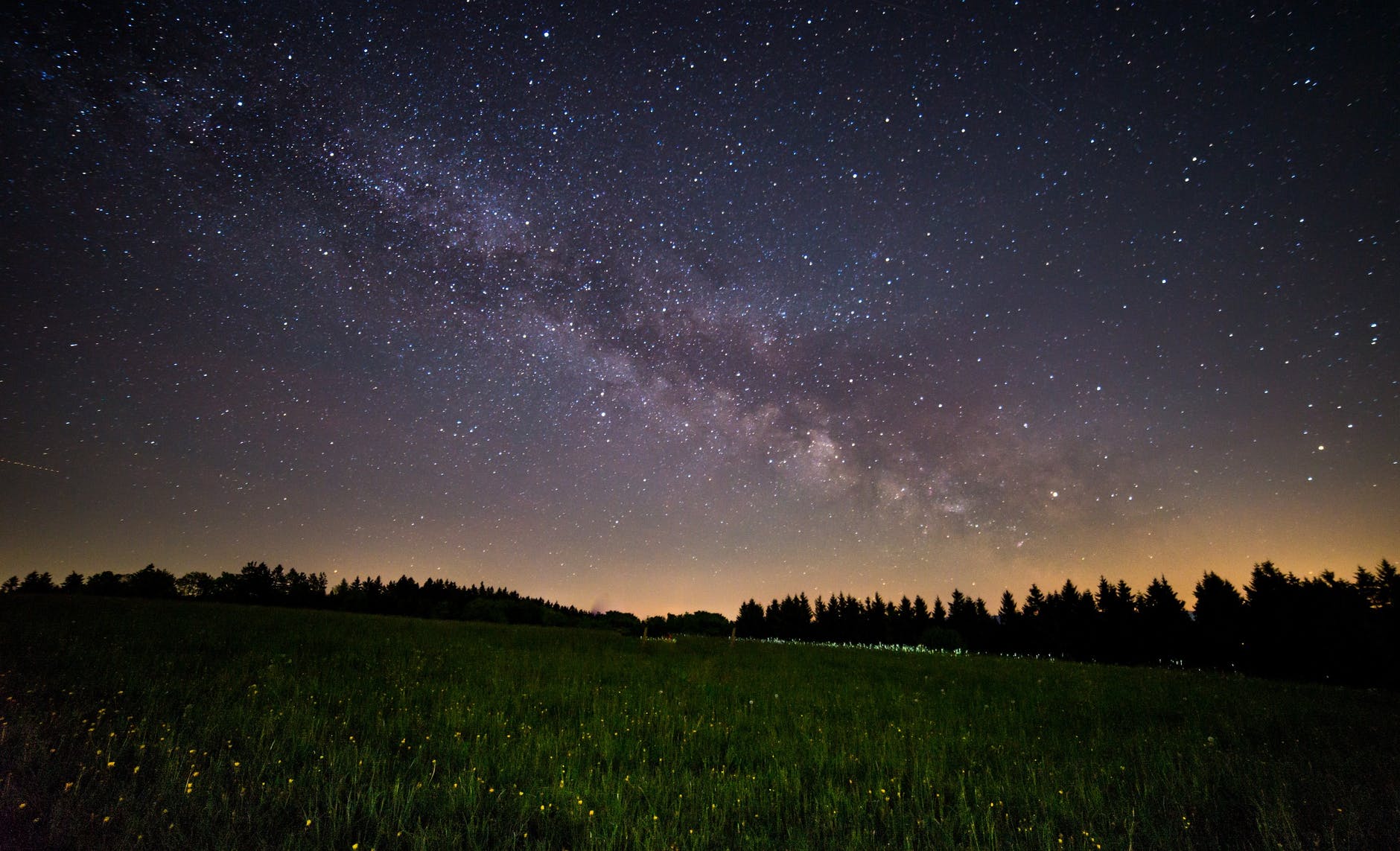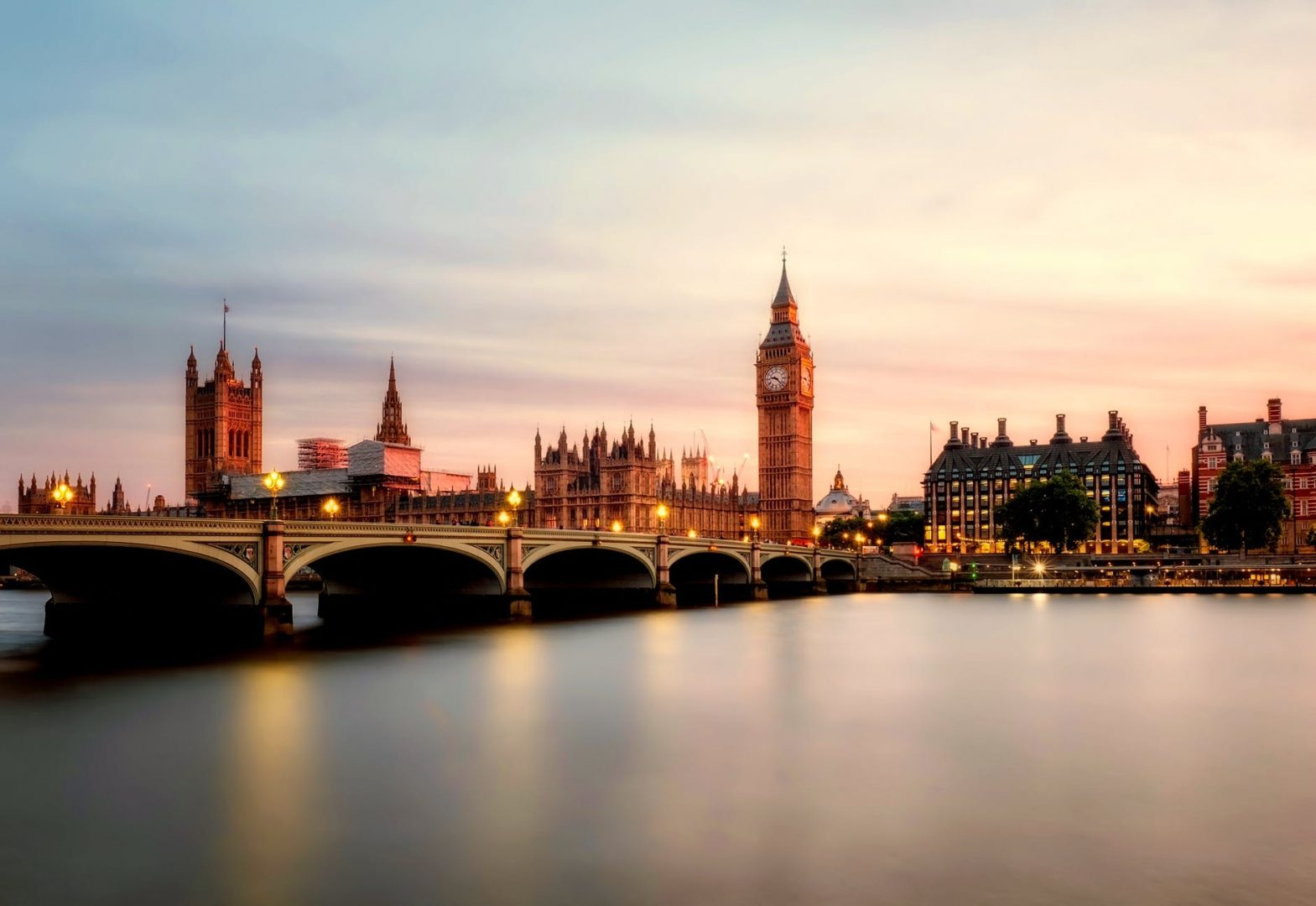National News

Trust fund to ensure health of Waikato River

Matamata-Piako council wins funding to seal Hauraki Rail Trail extension

New Zealand’s status as a ‘Dark Sky Nation”.

New Zealand economy predicted to emerge from Covid-19 better than most.

Film and TV industry arrivals to New Zealand to top 200

What a free trade deal between New Zealand and the United Kingdom might mean.

American interest in moving to New Zealand jumps amid Covid-19.

$80m sport recovery package.

New Zealand targets export boost.

















































